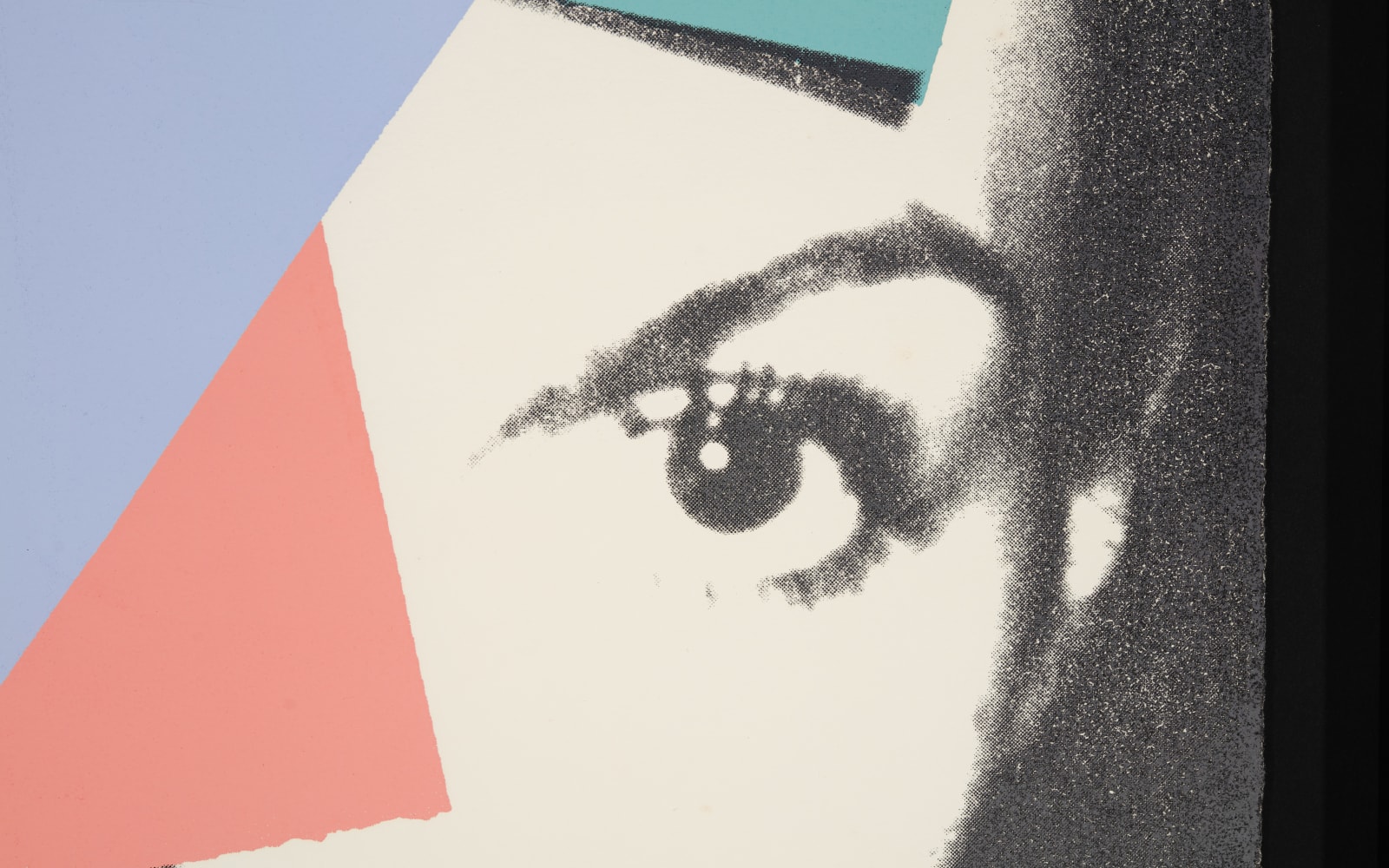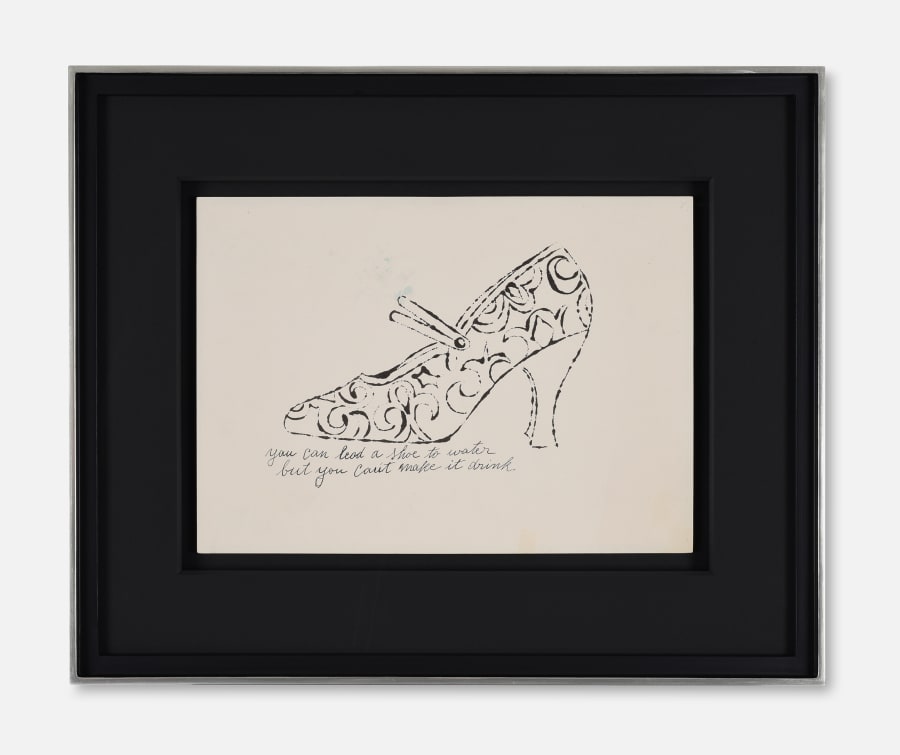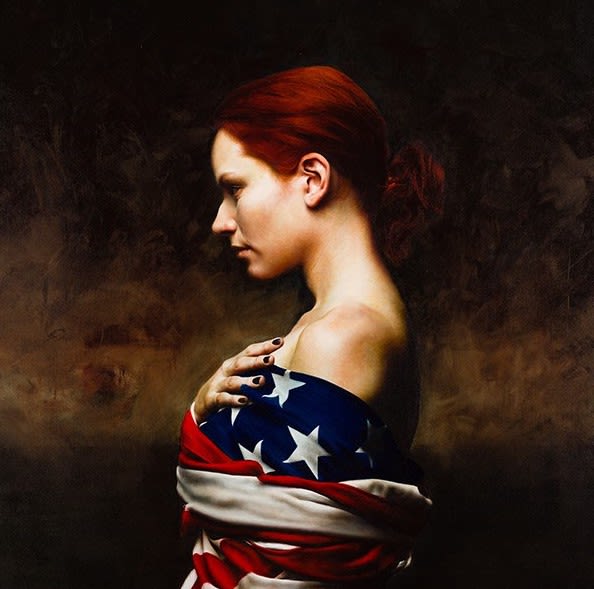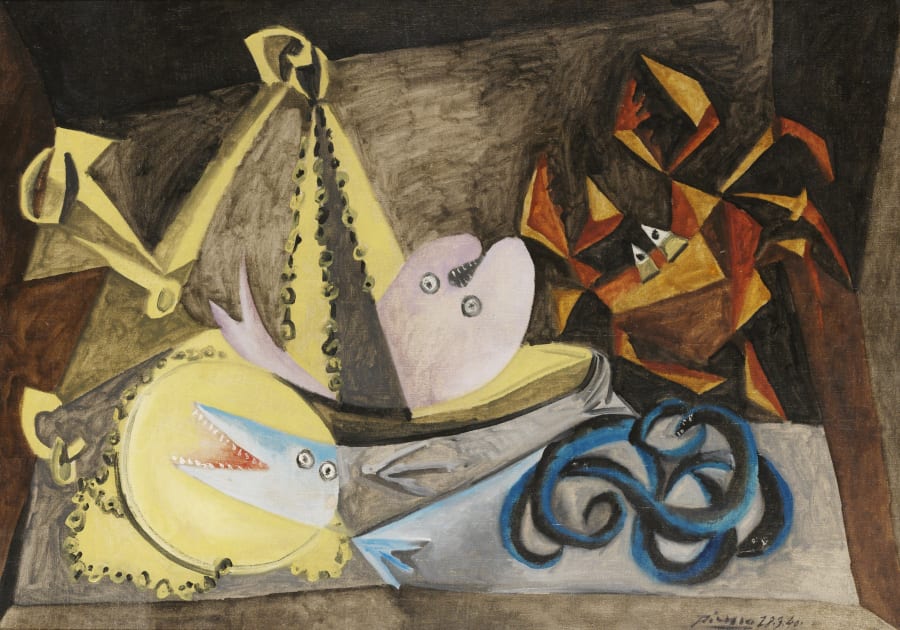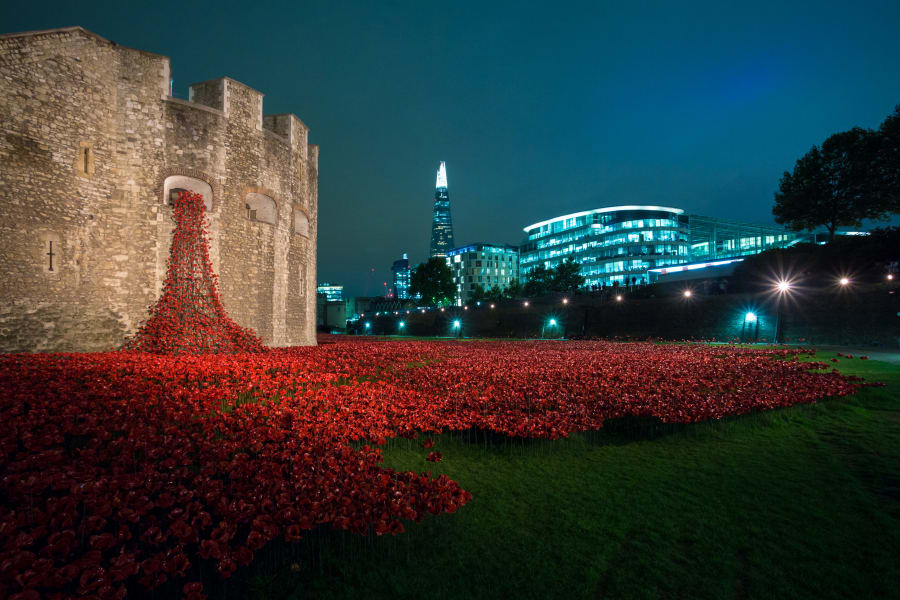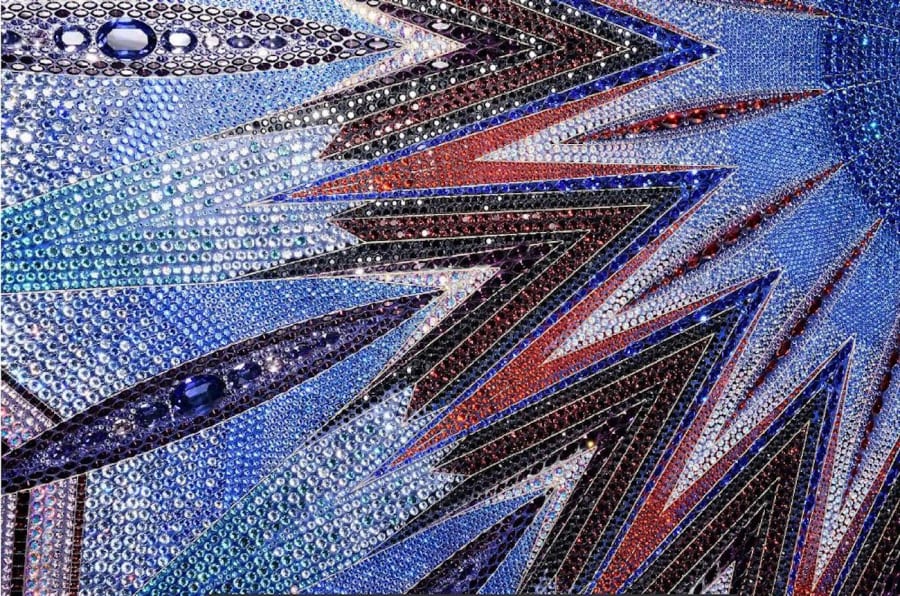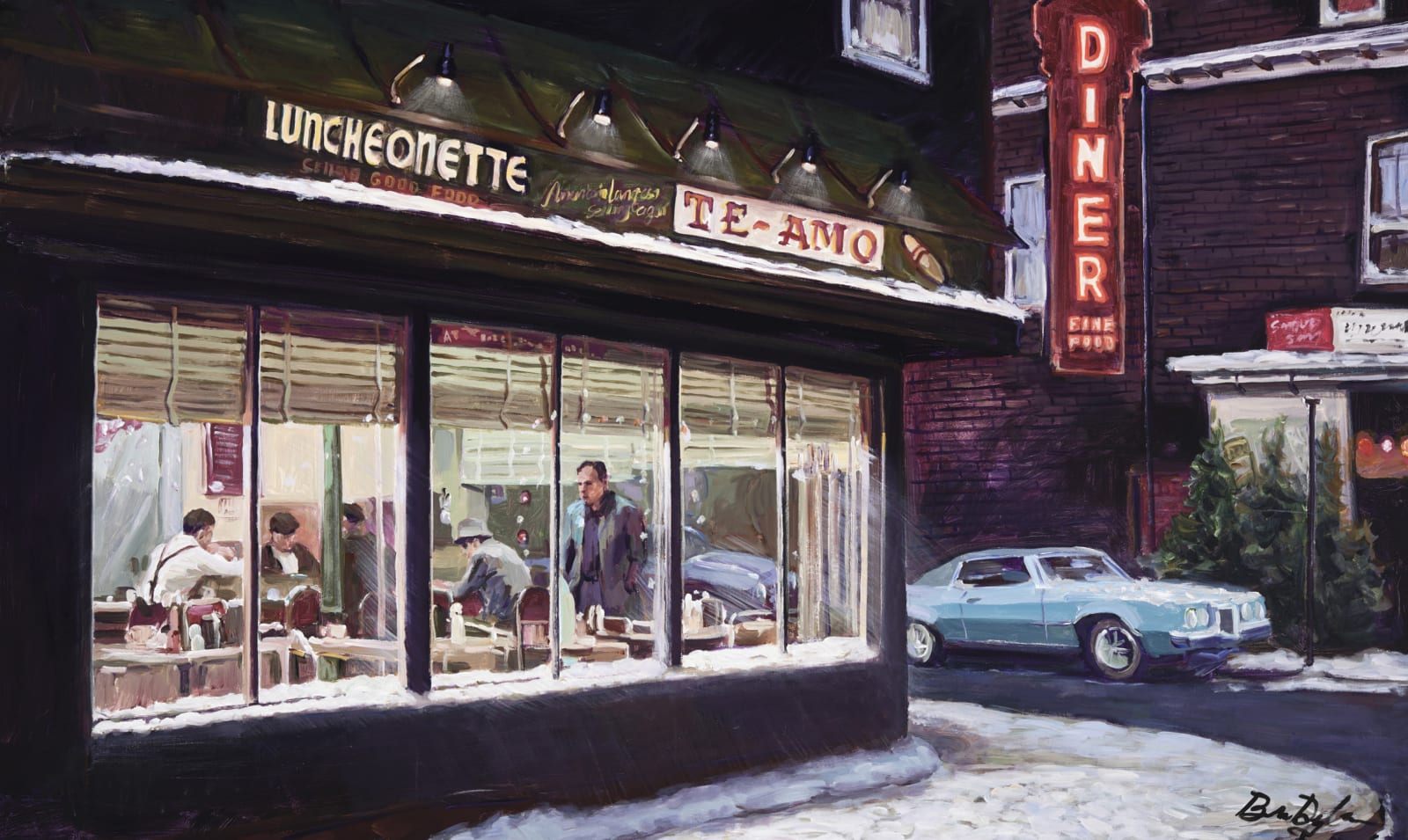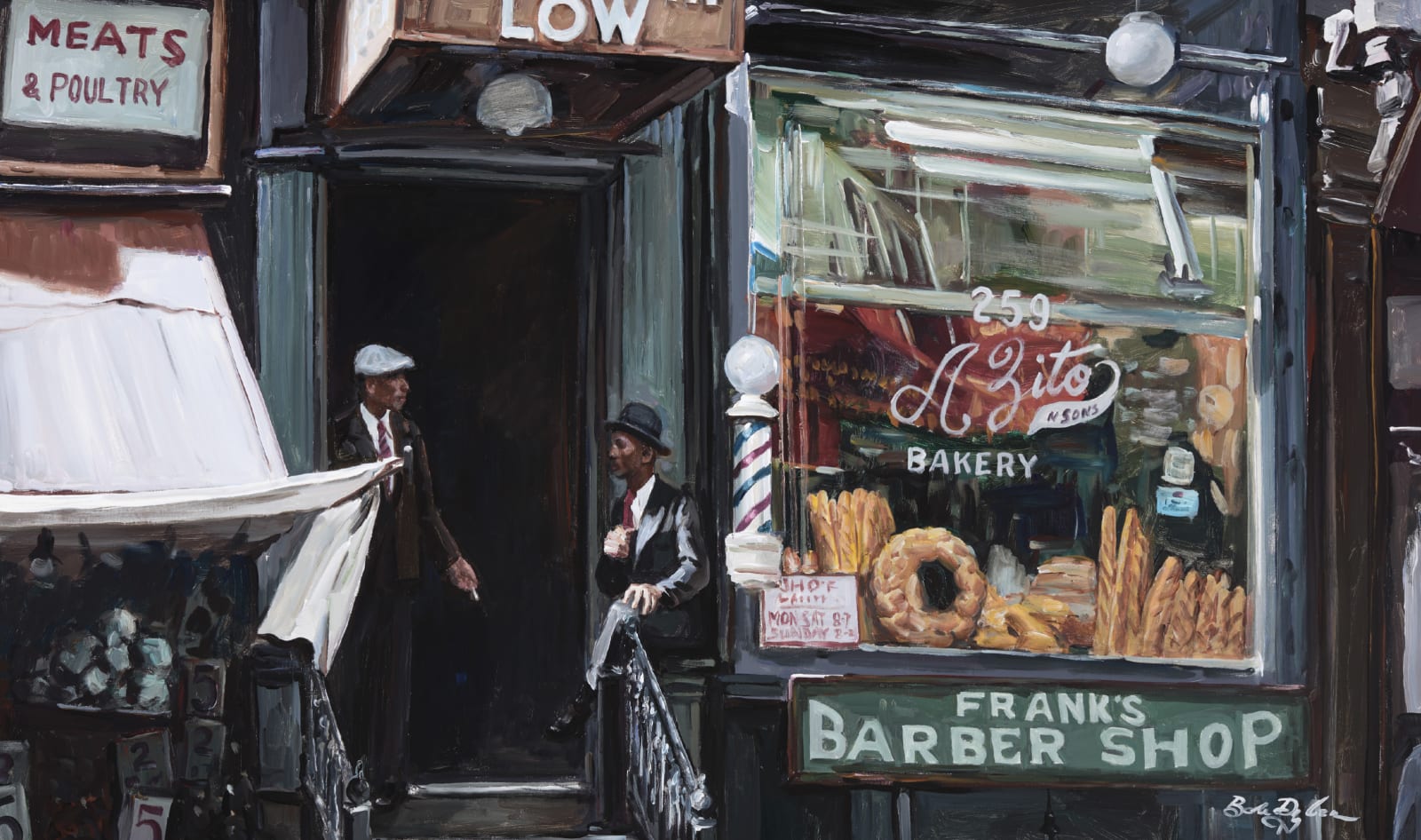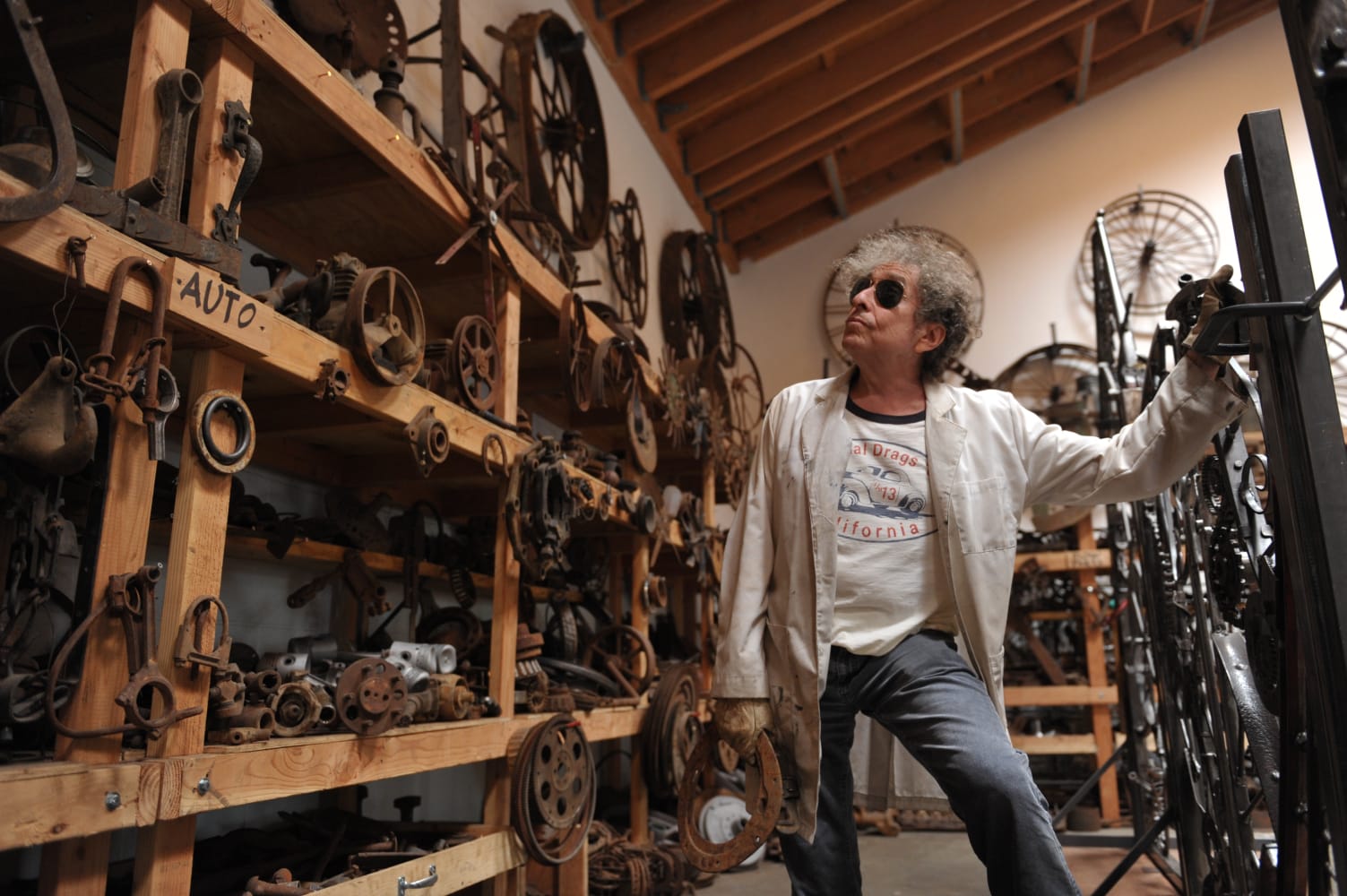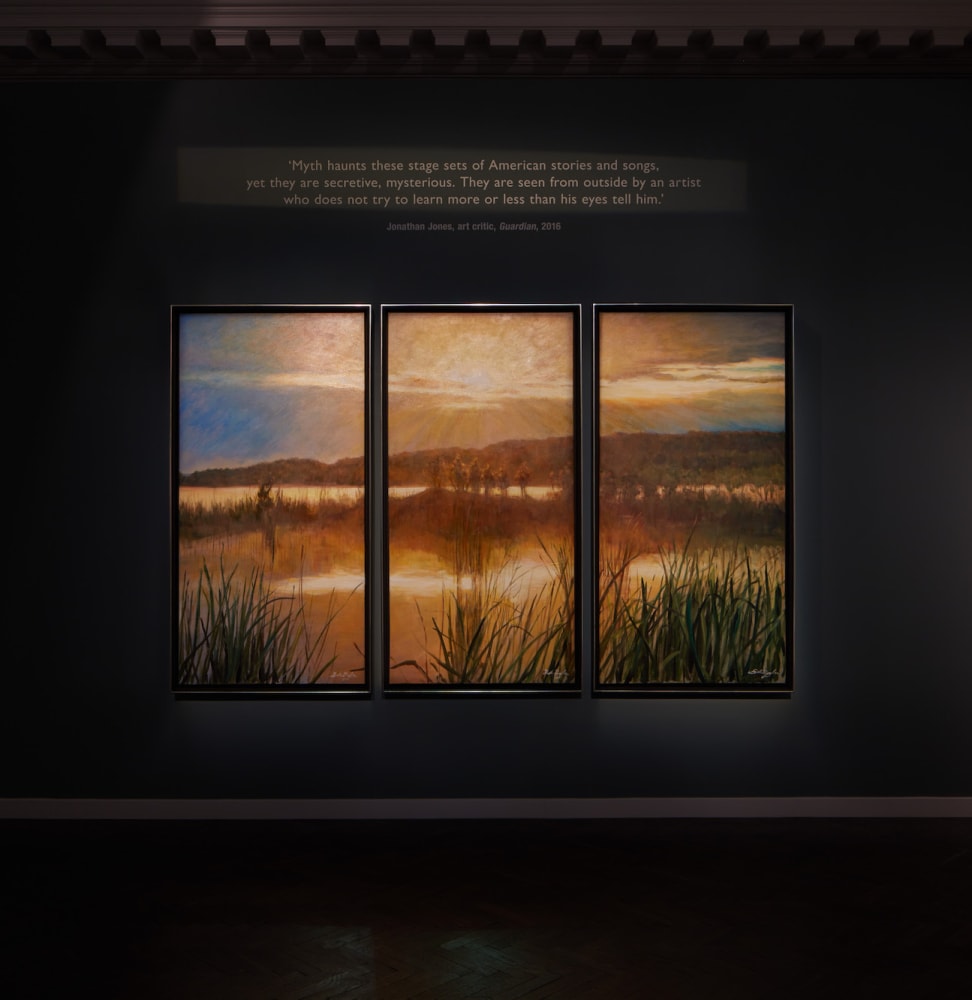

Picasso’s Legacy

Andy Warhol
Despite ostensibly having very different artistic approaches, both Andy Warhol and Pablo Picasso shaped the course of modern art. Both artists engaged in the idea of appropriation, with Warhol adopting imagery from Old Master paintings, from his early works featuring repeated images of the Mona Lisa to his later series Details of Renaissance Paintings. In a similar manner, Picasso’s series of paintings based on Velàzquez’s Las Meninas appropriates and reworks a famous scene from art history. In these instances, both artists question the notion of authorship and originality in art.
Best known as the pioneer of Pop Art and for his innovations in printmaking, Warhol was undoubtedly conscious of the monumental influence of Picasso, who was also a prolific and experimental printmaker, producing around 2,400 prints throughout his career. In the mid-1980s, Warhol drew direct inspiration from Picasso’s work on paper, Tête (1960), to produce a series entitled Heads (After Picasso). Here, he deviated from his typical practice of screenprinting, instead projecting an image of the original on to a canvas and following the outline with broad brushstrokes in various colour combinations.
Although he never met Picasso, Warhol was good friends with his daughter, Paloma. In 1975, he produced a portrait of her which experimented with screenprinting techniques, based on enlarged polaroids and blocks of coloured graphic art paper to create a collage-like effect. The work was featured in the portfolio, Hommage à Picasso – a posthumous celebration of the artist published in 6 volumes and comprising works by 68 artists, including David Hockney.

Pedro Paricio
Contemporary Spanish artist Pedro Paricio’s distinctive visual language takes inspiration from Cubism, playing with the boundaries between the figurative and the abstract. His use of blocks of colour and geometric shapes serve to ‘break down’ forms and obscure details, reimagining figures from art history. In particular, Paricio’s enduring relationship with Picasso’s art exemplifies the modernist idea of ‘borrowing’ from art history, modifying and ‘de-composing’ recognisable gestures and silhouettes. As Paricio notes, this appropriation characterised many of Picasso’s most famous paintings which rework images and ideas from his artistic predecessors including Manet and Velàzquez.
Paricio’s style lends itself to the deconstruction and careful fragmentation of elements of Picasso’s most famous and recognisable paintings, namely paintings inspired by Guernica, which featured in ��������’s 2019 exhibition Paricio • Picasso. Paricio’s works in this exhibition drew inspiration from the great Spanish master, exploring various periods of Picasso’s career and culminating in a series of etchings which were an homage to the Vollard Suite prints, originally produced in the 1930s. Explaining his impetus for the project, Paricio explained: ‘I thought it was the time to confront Picasso. That doesn’t mean I think I can surpass him, you can’t surpass Picasso, but at least I can face him with respect.’

David Hockney
David Hockney has been vocal about the influence of Picasso on his paintings, prints and photo collages. In 1960, as a student at the Royal College of Art in London, Hockney visited a major retrospective of Picasso’s work at the Tate Gallery. This was a pivotal experience for the young artist and he would return to the exhibition 8 times, studying Picasso’s mastery of multiple viewpoints.
This reverence for the 20th century master is reflected in many of Hockney’s graphic works, including The Student – Homage to Picasso and Artist and Model, both of which depict an imagined encounter between the two artists. Hockney’s The Blue Guitar prints (1977) were based on a series of illustrations deriving from Hockney’s interpretation of Wallace Stevens’ 1939 poem, The Man with the Blue Guitar, which was inspired by Picasso’s Blue Period painting The Old Guitarist (1903). The 10 etchings in this portfolio were created in collaboration with Aldo Crommelynck, the master printmaker who also produced Picasso’s prints.
Hockney’s Moving Focus print series derived from a combination of factors: his study of optics, knowledge of Picasso and the panoramic Chinese scroll aesthetic. Moving Focus eschewed the limits of single-point perspective, expanding the picture plane to immerse the viewer within the composition. This better reflects the experience of the human eye perceiving the environment, in contrast to what Hockney refers to as the ‘one-eyed perspective’ of a camera lens. Picasso’s influence is particularly strong in Hockney’s numerous portraits of his close friend and muse, the textile designer Celia Birtwell, where multiple views of the sitter are captured, creating a sense of movement.
If you are interested in adding to your collection speak to an art consultant today - info@halcyongallery.com

